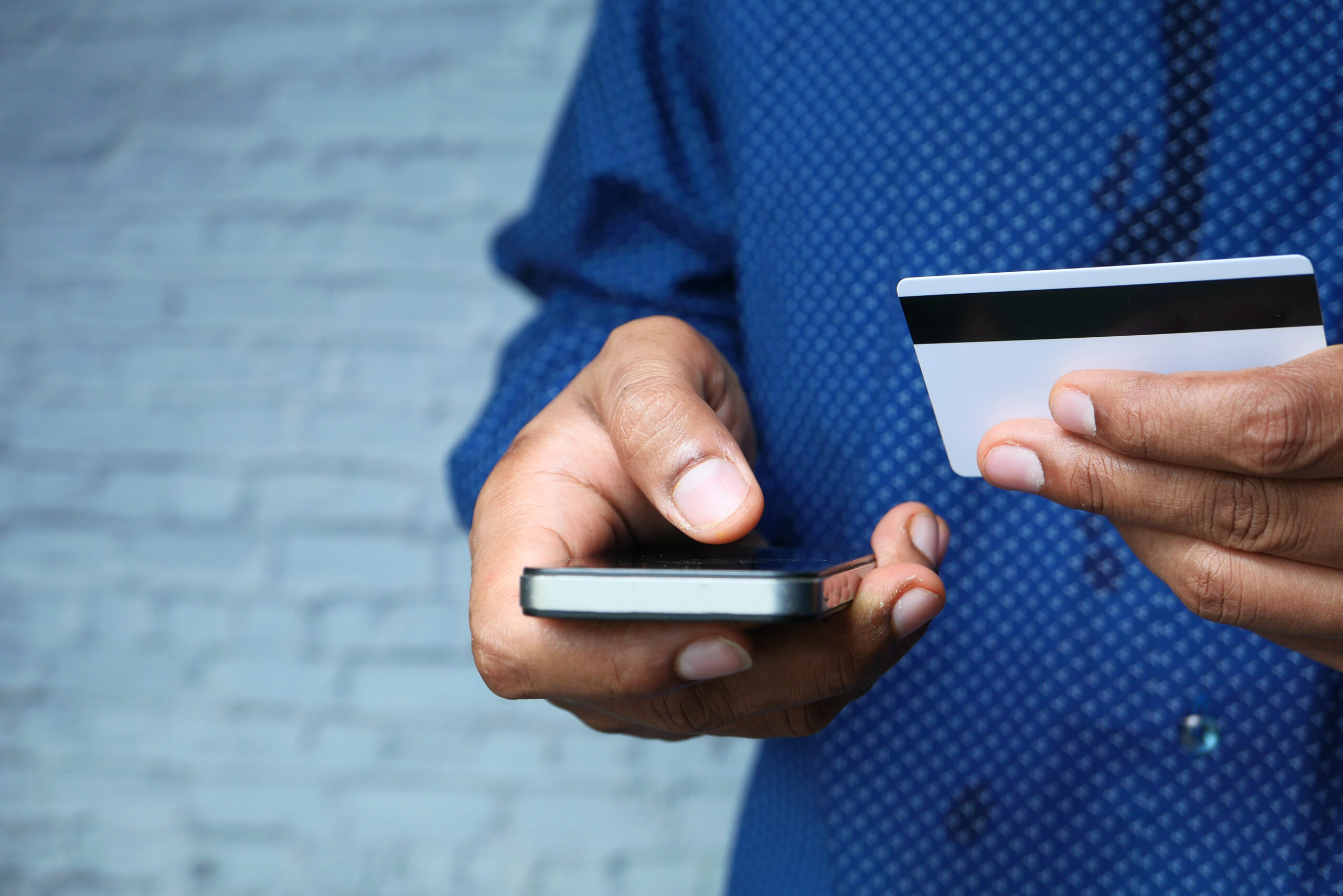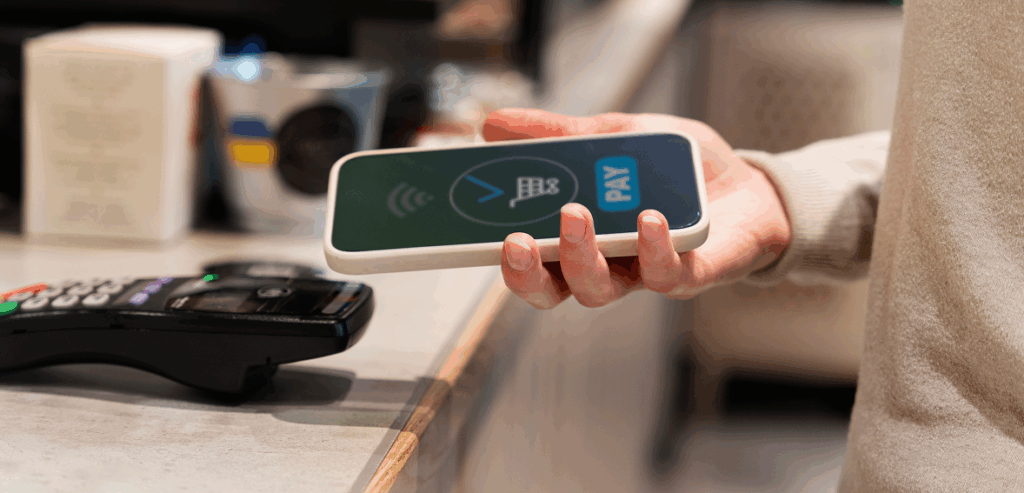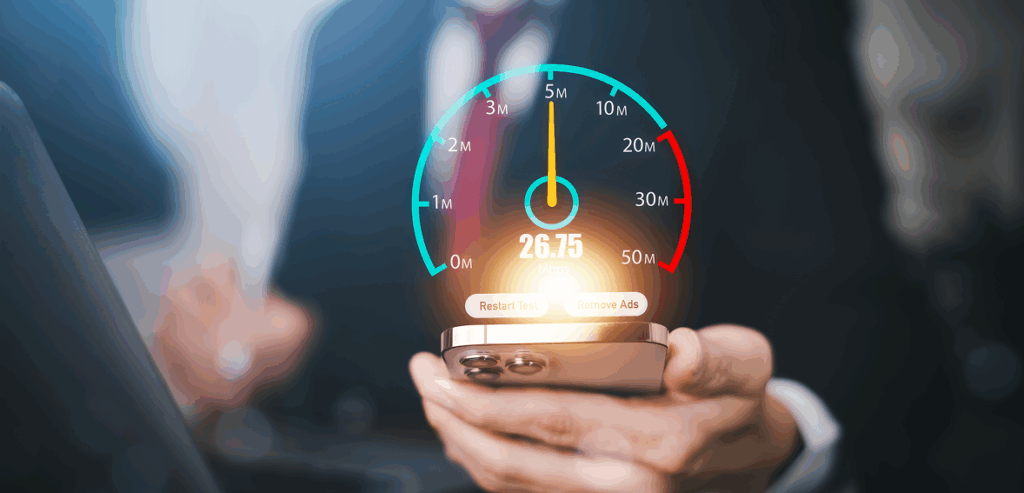
The Complete Beginner’s Guide
The way people pay for goods and services has changed dramatically over the last decade. Gone are the days when cash or checks were the dominant methods of payment. Today, we live in a digital-first economy where convenience, speed, and security shape consumer expectations. At the heart of this transformation is mobile payments. Whether you are tapping your phone at a checkout counter, transferring money through an app, or completing an online purchase with digital wallets, mobile payments have become a mainstream part of everyday life.
This guide explores mobile payments in depth—what they are, how they work, the technology behind them, the benefits and challenges, global trends, and what the future holds. By the end, you will have a comprehensive understanding of this rapidly growing financial ecosystem.
What Are Mobile Payments?
At the most basic level, mobile payments are financial transactions made through a mobile device, such as a smartphone, smartwatch, or tablet. Instead of carrying physical cash or cards, users can pay directly through digital applications that connect to their bank accounts, credit cards, or prepaid balances.
Mobile payments cover a wide range of scenarios. When you tap your phone at a contactless point-of-sale terminal, that is one form. Sending money to a friend via apps like PayPal, Venmo, or Cash App is another. Even paying for an Uber ride or ordering food delivery using in-app payment options falls under mobile payments.
The key idea is that mobile devices are replacing traditional wallets by becoming both a payment tool and a gateway to financial services.
The Evolution of Mobile Payments

Mobile payments are not an overnight invention; they have developed gradually through several phases:
Early experiments (1990s–2000s): The concept began with SMS-based payments, where customers could send a text message to transfer money or pay for ringtones and mobile content. These services were limited but laid the foundation for mobile commerce.
Rise of mobile money in developing regions (2000s): In countries like Kenya, platforms such as M-Pesa revolutionized financial inclusion by enabling mobile phones to act as banking tools. For millions of people without access to traditional banks, this was life-changing.
Smartphones and app-based payments (2010s): With the rise of iPhones and Android devices, mobile payment apps and wallets became more sophisticated. Apple Pay, Google Wallet (now Google Pay), and Samsung Pay made tapping a phone at checkout possible.
Integration with e-commerce and P2P payments (2010s–2020s): Services like PayPal, Venmo, Alipay, and WeChat Pay expanded the ecosystem by embedding payments into online shopping and social transactions.
Mainstream adoption (2020s): The COVID-19 pandemic accelerated digital payment adoption. Contactless and mobile transactions surged as people sought safer, touch-free payment methods. Today, mobile payments are integral to retail, transportation, food services, and even healthcare.
How Mobile Payments Work
To understand mobile payments, we need to look at the mechanics behind them. Although the processes vary by platform and method, most mobile payments involve these core steps:
- Payment initiation: The customer chooses to pay using a mobile device, whether by tapping at a terminal, scanning a QR code, or authorizing an in-app transaction.
- Authentication: The system verifies the user through biometric authentication (fingerprint, facial recognition) or passcodes. This step ensures the person making the payment is authorized.
- Transaction routing: The payment request travels through secure networks—either through card networks (Visa, Mastercard, etc.), banking systems, or digital wallet infrastructure.
- Authorization and settlement: The merchant’s bank communicates with the customer’s bank to verify funds or credit availability. Once approved, the transaction is settled and completed.
Behind the scenes, encryption, tokenization, and secure communication channels protect sensitive financial data. Instead of transmitting card numbers, most systems use temporary “tokens” that reduce fraud risk.
Types of Mobile Payments
1. Contactless Payments
This is perhaps the most visible form, where a phone or wearable device communicates with a point-of-sale terminal using Near Field Communication (NFC). Examples include Apple Pay, Google Pay, and Samsung Pay. It’s fast, secure, and widely accepted in retail environments.
2. QR Code Payments
In markets like China and India, QR codes dominate mobile payments. Customers scan a merchant’s code using apps like Alipay, WeChat Pay, or Paytm, and the transaction is processed instantly. This method requires little infrastructure, making it popular with small vendors.
3. Mobile Wallets
Mobile wallets store card details digitally. Instead of carrying multiple cards, customers keep them in apps like PayPal, Venmo, Apple Wallet, or Google Wallet. These wallets can be used for online, in-store, and peer-to-peer transactions.
4. In-App Payments
Many businesses integrate payment functionality directly into their apps. For instance, ordering food on DoorDash or hailing a ride on Uber doesn’t require leaving the app to pay—the payment happens seamlessly in the background.
5. Peer-to-Peer (P2P) Transfers
Sending money between individuals is one of the most common uses. Apps like Zelle, Venmo, Cash App, and PayPal enable quick transfers between friends, family, or colleagues, often with social features like notes or emojis.
Technology Behind Mobile Payments
Near Field Communication (NFC)
NFC is a wireless technology that allows two devices to exchange data when in close proximity. It powers tap-to-pay transactions at retail checkout counters. The advantage is speed, convenience, and security, as data is encrypted and transactions require authentication.
QR Codes
Quick Response (QR) codes act as scannable links to payment gateways. They are easy to generate, inexpensive, and widely compatible with smartphones. For small businesses, QR payments are a cost-effective alternative to traditional card readers.
Tokenization
This security method replaces sensitive data like credit card numbers with unique digital tokens. If intercepted, tokens are useless to hackers. Tokenization ensures that real card details never leave the device during transactions.
Biometric Authentication
Fingerprints, facial recognition, or even voice authentication add an extra security layer. This is especially important in preventing unauthorized use of stolen devices.
Blockchain and Cryptocurrencies
Although still emerging, blockchain technology and digital currencies like Bitcoin or stablecoins are influencing mobile payments. Some wallets now allow users to pay with crypto, and blockchain promises lower fees and faster cross-border transfers.
Benefits of Mobile Payments
Convenience and Speed

Mobile payments eliminate the need to carry cash or cards. A simple tap, scan, or confirmation in an app completes the transaction, saving time for both consumers and businesses.
Enhanced Security
Features like tokenization, biometric authentication, and encryption make mobile payments more secure than magnetic stripe cards. Even if a phone is stolen, fraud risk is reduced compared to lost credit cards.
Financial Inclusion
In regions where banking infrastructure is limited, mobile payments provide access to financial services. Mobile wallets allow unbanked individuals to store, send, and receive money with just a phone.
Streamlined Business Operations
Merchants benefit from faster checkouts, reduced cash handling, and integration with loyalty programs. Businesses can also gather insights into customer behavior through digital payment data.
Eco-Friendly Transactions
Going digital reduces reliance on paper receipts, checks, and cash printing. Mobile payments contribute to more sustainable business practices.
Challenges of Mobile Payments
Security Concerns
Although secure, mobile payments are still targets for cybercriminals. Phishing attacks, malware, and SIM swap fraud are real risks. Users must remain vigilant and providers must constantly update security protocols.
Fragmentation
The mobile payment ecosystem is crowded with competing platforms. A merchant may accept Apple Pay but not Google Pay, or QR codes may dominate in one country while NFC rules another. This lack of uniformity can frustrate users.
Infrastructure Limitations
Not all merchants, especially small businesses, can afford NFC-enabled terminals. In rural or underdeveloped areas, poor internet connectivity may hinder adoption.
Consumer Trust and Adoption
Some consumers remain skeptical, preferring the familiarity of cash or cards. Education and awareness are necessary to drive wider acceptance.
Regulatory Hurdles
Different countries have different rules governing mobile payments. From anti-money laundering laws to data privacy regulations, compliance can be complex for global providers.
Global Trends in Mobile Payments
Asia-Pacific leadership: China leads the world with Alipay and WeChat Pay, while India’s UPI (Unified Payments Interface) has revolutionized peer-to-peer and merchant payments. Mobile-first economies are setting global examples.
Western adoption catching up: In the U.S. and Europe, mobile payments are growing, but card usage still dominates. However, the pandemic accelerated tap-to-pay adoption, particularly in urban areas.
Rise of super apps: Platforms like Grab, Gojek, and Paytm are expanding mobile payments into ecosystems that include ride-hailing, food delivery, and financial services.
Integration with wearables: Smartwatches, fitness trackers, and even connected rings now support payments, pushing convenience to new levels.
Cross-border innovations: Mobile wallets are increasingly enabling international remittances, reducing fees compared to traditional money transfer services.
The Future of Mobile Payments
The trajectory of mobile payments points toward greater integration, personalization, and innovation.
Artificial intelligence and machine learning will play larger roles in fraud detection, personalization of offers, and predictive analytics. Blockchain and digital currencies may further reduce costs and enhance transparency in global transfers. Super apps could dominate by merging commerce, social networking, and payments into unified experiences.
For merchants, adopting mobile payments will be less about “keeping up” and more about “staying relevant.” Customers will expect seamless, secure, and flexible payment options, and businesses that cannot deliver risk losing competitiveness.
On the consumer side, mobile payments may evolve into invisible payments, where transactions happen automatically in the background. Think of walking into a store, picking up items, and walking out without actively paying—already demonstrated by Amazon Go stores.
Conclusion
Mobile payments are no longer a novelty; they are the backbone of a digital economy. By turning smartphones into wallets, they combine speed, security, and convenience while driving innovation in financial services. Despite challenges such as fragmentation and security risks, their global growth is undeniable.
As businesses and consumers continue to embrace this technology, mobile payments will evolve into something even more seamless and ubiquitous. Understanding how they work today is the first step to preparing for the future of commerce.